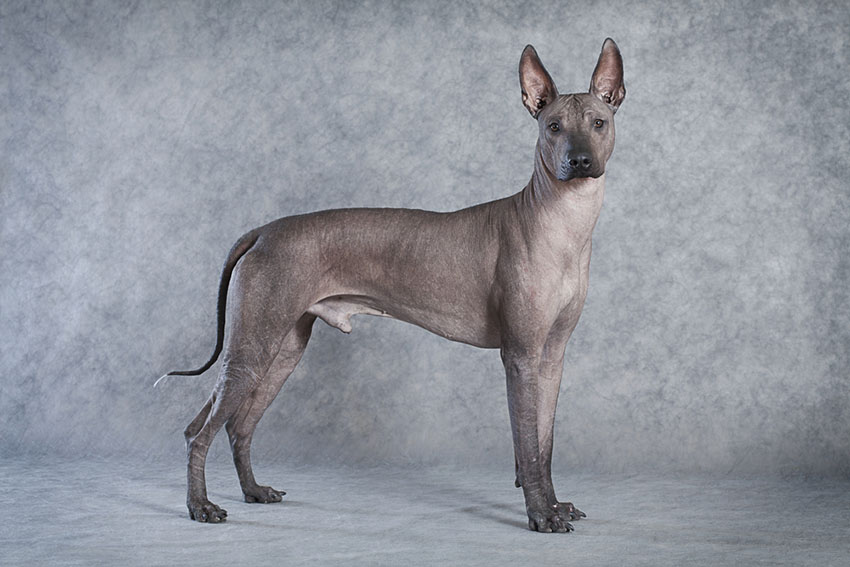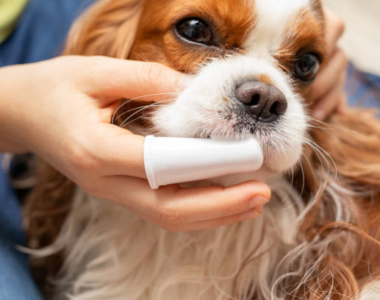DOGS AND THEIR COAT TYPES
DOGS AND THEIR COAT TYPES
One of the most distinguishing features of your pet dog is the coat. From the short coat Rottweiler to the fluffy Pomeranian, dogs can be distinguished by their coats, not just the appearance of it but also the texture
Each coat type has a different texture, length, can be a double or single coat, can also be silky.
Let’s examine the different types of dog coa
- Long coat
These have beautiful coat that can reach the floor. These breeds are often the ultimate show dogs. But with all that beauty comes a lot of effort to maintain. They require care daily grooming routine as they are easily prone to tangling and matting.
Examples: Shih Tzu, Yorkshire terrier
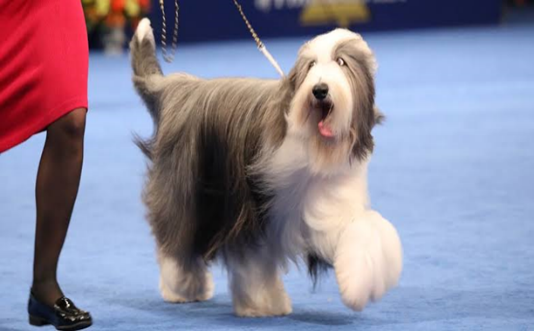
- Medium coat
Medium coats are longer than one inch but still shorter than long coats. Dogs that have a medium coat typically only need to be bathed about once or twice a month. Regular brushing will still be needed depending on the length of the fur, but they will not need as much brushing as longer-haired dogs.
Examples: German Shepherd, Huskies
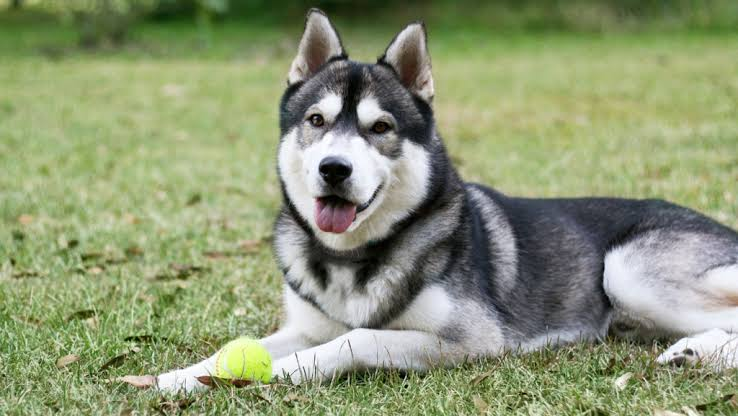
- Short coats
Short coats are typically smooth and shiny. Short-coated dogs may be ideal for owners who do not want to deal with constant maintenance and grooming.
Examples: Labrador retriever, Doberman Pinscher
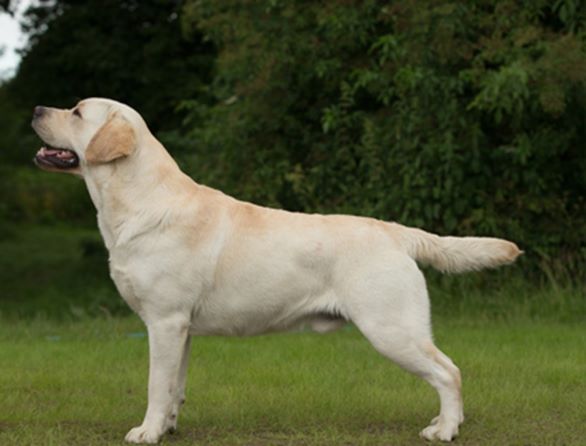
- Double coat
These have an undercoat that is typically shorter than his outer coat, and his hair has a dense, woolly texture. Dogs of any coat length and texture may have single or double coats. Many long-haired dogs have double coats, including the Bernese Mountain Dog and all varieties of Collie. They leave more fur. Most double coated breeds ‘blow’ their undercoats twice a year, which means they shed their entire undercoat in response to seasonal changes. Double coated dogs also require extra time and attention during grooming, so the dense undercoat is fully brushed and doesn’t develop mats. It best not to shave the coat completely except when completely matted.
Examples: German Shepherd, Pomeranian
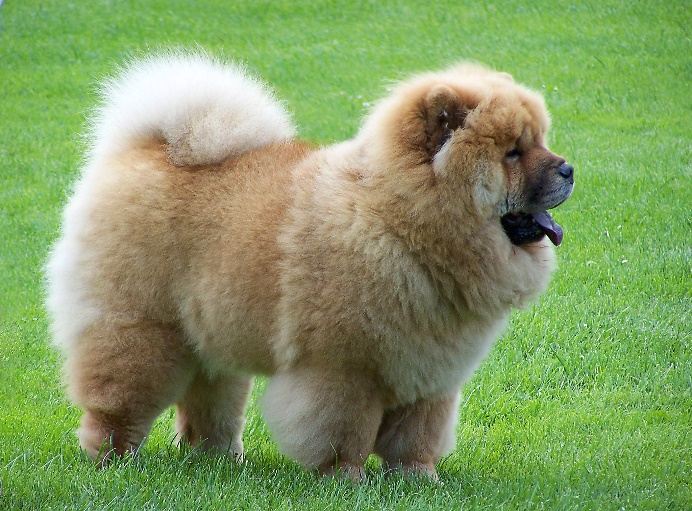
- Curly coat
They have their hair ranging from soft waves to tight curls. Professional grooming for these dogs is necessary as the types of curls varies and there is no single way to groom them.
The best known curly coated breeds are Portuguese Water Dogs, Airedale Terriers, and Poodles of any size
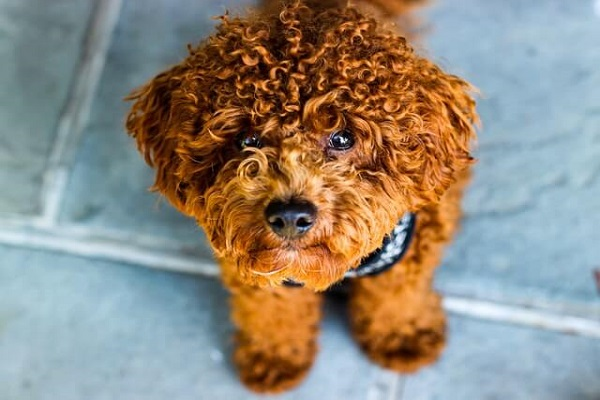
- Silky coat
Yorkshire terrier. Silky coats need frequent brushing to prevent knots and to sustain their shine. But you don’t need to bathe your silky coated dog more often than any other dog, unless he relishes rolling in the mud
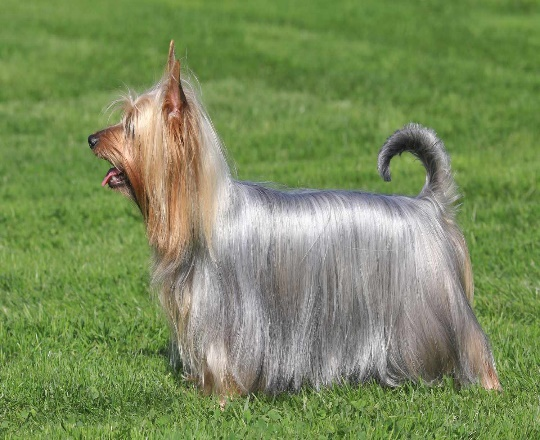
- Wire coat
This is another coat type where texture is the most important quality. Wire coated (also called broken coated) dogs have fur with a wire-like texture. It is harsh and stiff and stands away from the body, especially on the tail, the back of the legs, and on the face. Wire coated dog breeds often have a dapper, gentlemanly appearance because of their pronounced mustaches, beards, and eyebrow.
Examples: Terriers, Schnauzers
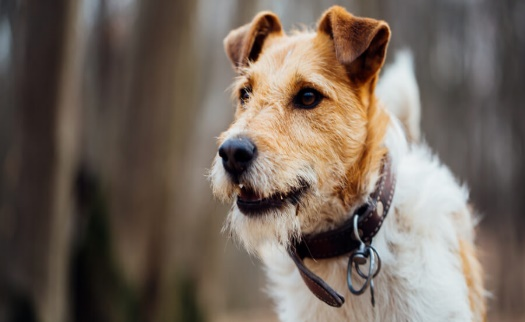
- Smooth coat
Dogs with smooth coats often have short, silky hair that lays close to the body. The athleticism of smooth coated dogs is apparent, with every muscle plainly visible when the dog is in motion. Examples: Bloodhounds, Dalmatians, Great Danes, and French Bulldogs.
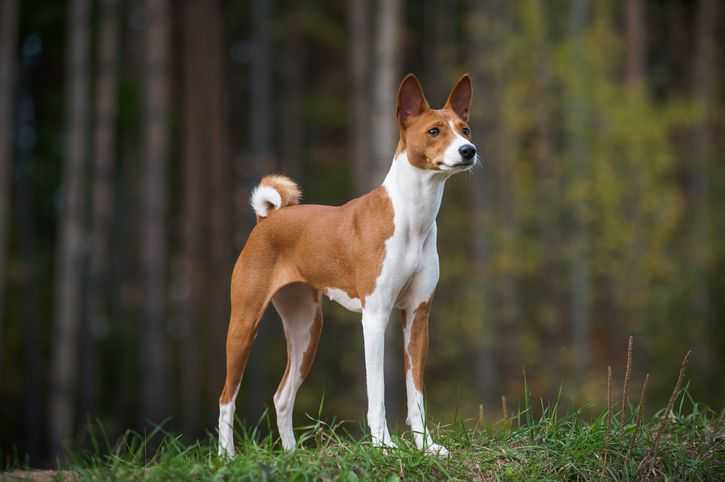
- Hairless dogs
No discussion of dog coat types can exclude hairless dogs, such as the Chinese Crested, the Xoloitzcuintli, and the American Hairless Terrier. Because of their lack of fur and less pet dander, these dogs are popular among allergy sufferers
